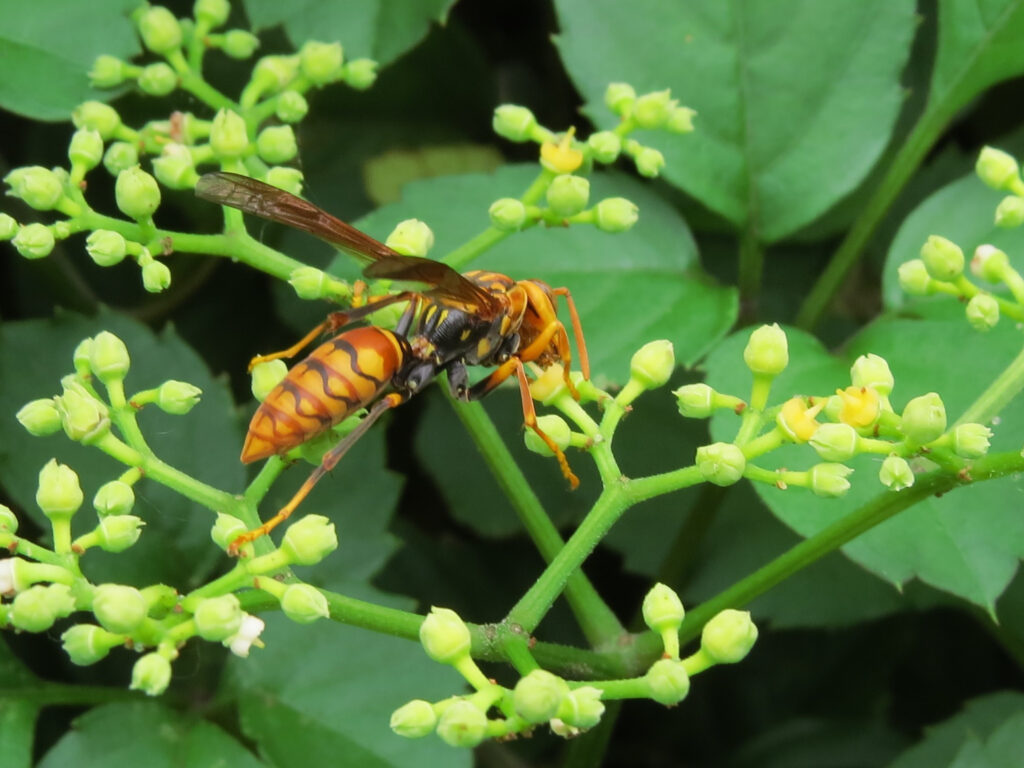Hornets, with their distinct characteristics and varied habitats, are fascinating creatures that play essential roles in ecosystems worldwide. Here, we explore the top types of hornets and identify the country with the greatest population of these remarkable insects.

Hornet Classification
Hornets belong to the Vespidae family under the order Hymenoptera, known for their large size and robust bodies. The Vespa genus encompasses true hornets like the European Hornet and the Asian Hornet. Meanwhile, solitary wasps such as mud dauber wasps fall under the genus Sceliphron, and paper wasps, including the northern paper wasp, are classified in the genus Polistes.
Top Types of Hornets
- European Hornet (Vespa crabro): The European Hornet, the largest wasp species in Europe, thrives across Europe, Russia, North America, and Northeast Asia. They construct their nests in hollow trees or man-made structures, with colonies ranging from 200 to 700 members.
- Asian Giant Hornet (Vespa mandarinia): Also known as the “murder hornet,” the Asian Giant Hornet is the largest hornet species globally, native to East Asia, Subtropical Asia, and parts of the Russian Far East. They are strategic predators, hunting colonies of bumblebees and wasps.
- Japanese Hornet (Vespa japonica): Found in Japan’s forests and rural areas, the Japanese Hornet is one of the largest hornet species globally. Despite their intimidating appearance, they help balance the ecosystem by hunting various insects.
These hornet species, among others, contribute significantly to their respective ecosystems by controlling insect populations and acting as pollinators.
Countries with the Greatest Hornet Populations
Determining the country with the greatest population of hornets can be challenging due to the diverse habitats and distributions of hornet species worldwide. However, East Asian countries like Japan, China, and Korea are known for hosting significant populations of various hornet species, including the Asian Giant Hornet and the Japanese Hornet.
In these countries, hornets are a prominent feature of the ecosystem, playing vital roles in controlling insect populations and contributing to pollination processes. The abundance of forests and diverse landscapes provides ideal habitats for hornets to thrive and establish sizable populations.
While specific data on hornet populations in each country may be limited, their ecological significance underscores the importance of conservation efforts to maintain healthy hornet populations and preserve biodiversity.




